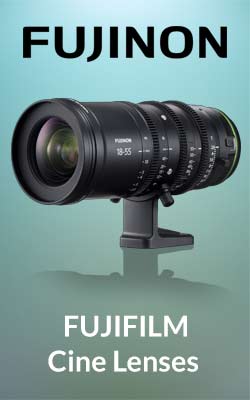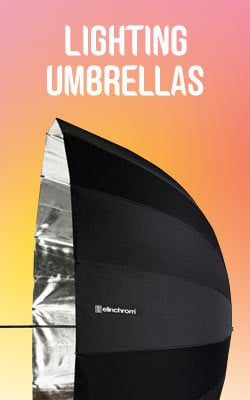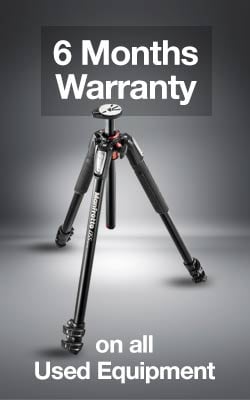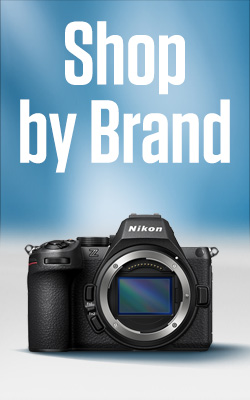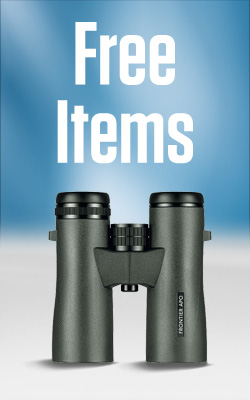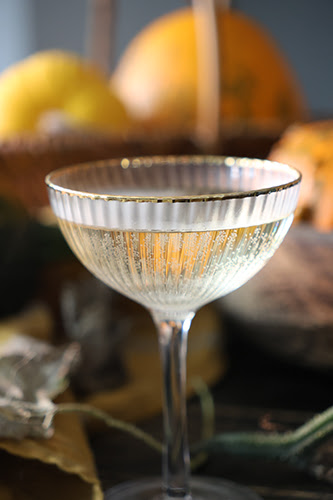Sigma 18-50mm f2.8 RF lens Food Photography Blog
Sigma’s Contemporary lenses are built as all-rounders; high-performance, versatile, and compact. Great for landscapes, casual snapshots, family pictures, and more.
The Sigma 18-50mm f2.8 DC DN Contemporary Lens - Canon RF Mount is part of Sigma’s highly anticipated Canon RF mount lenses series. It has a versatile full-frame equivalent zoom range of 28.8mm to 80mm and a wide f2.8 aperture, designed for portraiture, street, landscape and more. However, I will review this Sigma RF lens in this blog to test its practicality as a food photography lens.
The Glass
The 18-50mm (28.8mm to 80mm full frame equivalent) focal length offers a great amount of flexibility when shooting food. The wider end at around 30mm is good for macro shots, a 50mm is large enough to clearly grab a plate shot or capture a whole scene, while a larger 75mm focal length can offer greater depth to the images for beautiful bokeh effects.
Using this Sigma RF lens allowed me to pair it with the R6 Mark ii, a camera with a Food Mode that can make photos look bright and appetising, as well as a fast autofocus system that works well in low-light conditions. The R6 Mark II also features an In-Body Image Stabiliser (IBIS) and intelligent subject detection, ideal for handheld shooting, when you want to reposition around your subject.
The Setting
While running a Canon Food Photography event in our Cheltenham store, I got a chance to speak with Suze Morrison from GourmetGlow, who shared her secrets to shooting food in new and interesting ways.
First on her list was lighting and how it impacts the texture of what you’re photographing. While backlight flattens your subject’s texture and front light may be good for portraits, Suze recommended using a side lighting source to add depth to the setup. This offered a coating of light and shadows to the food that made the images pop. However, this isn’t a set rule and I advise you to experiment with your lighting angles. For example, having liquids backlit, particularly those with ice in, can give beautiful fractured light to the image and illuminate drinks in a dimensional way.
Arranging your lighting will be one of the major ways you can alter the mood of a shot, from having deep shadows that naturally focus your shot on one thing, to having your light highlight an area or colour in the image, there is plenty to play with.
Secondly came framing. Approaching an image solely with the subject in mind can often leave little room for innovation and originality, so instead, zooming out on a wider scene can provide your audience with a story within the image yet still centred around the food or drink that is your primary focus. Artfully placing accessories such as cooking implements or ingredients in this way will help allude to a deeper world around the shot and you can re-focus in post if you feel it pulling focus away from your subject too much. More than just surrounding your focal point with hints and visual cues to stimulate the mind, playing with blank space can also help avoid any overcrowding within the shot. Trying to strike the perfect balance here will give you more creative angles to approach your food photography from and bring life into your shots, providing the eyes of the audience with a mixture of interesting points and breaks within the image.
Thirdly, the cropping of the image must be taken into account. Not needing to include every aspect of your setup, or changing your focusing distance to test a different framing option, can help you discover a new shot you may not have previously thought of. Using a zoom lens like the Sigma 18-50mm truly helped when testing different distances and positions to approach each shot. Having the ability to switch from a close-up to a plate shot sped up my creative process. Especially helpful when I wanted to eat the food after photographing it and have it still be warm.
Macro shots like this one of the lasagna’s layering are thanks to the minimum focusing distance of 12.1cm and are aided by the natural bokeh which blurred the tomatoes in the background of the shot. This gives the shot both an attractive colouring and an idea of the dish’s flavour.
Additionally, using tools like the SmokeNINJA or LensGo Smoke B can add more atmosphere to your shots.
The Edit
Suze was again on hand to share her advice on what to do in post, placing emphasis on adding more contrast and structure, blurring the outer edges of the image and boosting the vignette or darkening sections to draw the gaze towards the photo’s subject.
Editing food photography requires a balance between enhancing the dish’s appeal and maintaining its natural look, with working in post helping to bring out the light in your shots, especially useful for shooting drinks, or more dynamic scenarios.
Adjusting the white balance can ensure the colours appear true to life or even more vibrant, as incorrect tones can make food look unappetising. The use of subtle exposure and contrast adjustments is able to brighten the image and make the food pop while enhancing colours selectively will make ingredients like greens or reds more vibrant without oversaturating the image. Sharpening key areas of texture, such as glistening sauces or the crispy edges of bread, will further emphasise detail and bring your textures to life. With APS-C lenses, like the Sigma 18-50mm, a subtle vignetting is likely to appear on the images, thus avoiding heavy vignettes or filters when editing is probably a good idea, so as not to distract from the dish. Finally, thoughtfully cropping your images to focus on the most appetising aspects of the composition will better align with your desired mood for the shot and the context of your surrounding presentation.
The Conclusion
So whether you want to photo dinner parties or dinner plates, the Sigma 18-50mm f2.8 DC DN Contemporary Lens - Canon RF Mount is a lens I’d recommend. Combining several useful focal lengths in one zoom lens, with a fast aperture and high-quality sigma glass, this lens is a perfectly portable addition to your food photography kit.
Sold on the Sigma 18-50mm
Get your hands on a Sigma 18-50mm here >
See the range of lenses for which Canon RF Glass is now available from Sigma.
Or check out Suze’s work for some more inspiration on your food photography journey!
Read next
- Canon RF 100-300mm f2.8L IS USM Lens For Aviation Photography
- Canon R8 Review: Where does it stand?
- Wildlife Photography with Felix Belloin and the Canon R System
Thank you!
Thanks for taking the time to read our blog, we really do hope they help you out and answer some of your questions. If you still have some unanswered, then please feel free to get in touch with our team of experts.
We have a LiveChat option on our website and we can, of course, be contacted via our email, we're also on the end of the phone too! Read more on how to contact us here >
Want to write for us?
If you've got experience with producing content on photo, video and/or optics products or techniques then we would love to hear from you. Contact our blog editor, Bea, with a sample of your work at [email protected].
- By James Spires
- 29 Nov 2024













